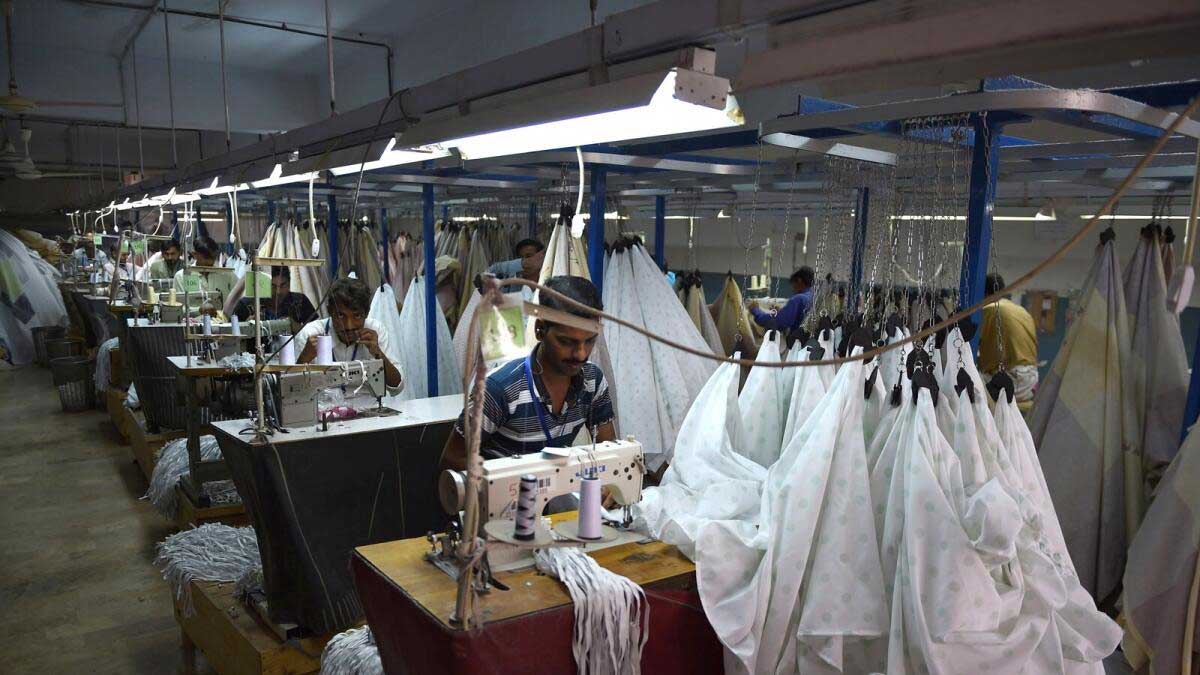Pakistan approved Textiles and Apparel Policy, 2020-25, with the objective of ensuring sustainability of textile sector exports.
The government said its Strategic Trade Policy Framework (STPF) and new Textile and Apparel Policy (TAP) 2021-25 envisioned export markets diversification along with products but did not propose procedures beyond assuring competitive energy rates to areas other than textiles or offer an alternative proposal if exports suffer in basic destinations of the European Union and the United States because of Ukraine standoff.
Adviser to the Prime Minister on Commerce & Textiles Abdul Razak Dawood stated the main pledge of the TAP approved by the Cabinet was to “give textile industry in writing to ensure the internationally and regionally competitive gas and power rates throughout the policy period”.
In the draft policy, he wrote that current charges of gas and electricity at the rate of $6.5 per million British Thermal Unit (mmBtu) and 9 cents per unit all exclusive respectively to the division should be fixed for the complete policy period however it was altered to ‘internationally and regionally competitive rates’ in consultation with the ministries of finance and energy.
Read more: ECC gives approval to auto policy 2021-26 and textile and apparel policy 2020-25
These ‘competitive energy rates’ would be controlled by the finance, commerce, and energy ministries at the time of budget-making yearly to book its costs or subsidies in budget. “This is our commitment in writing to the industry to provide competitive energy prices”, he said.
Moreover, the government would sustain tariff rationalized in the previous budget on import of raw material and continue with DLTL (Drawback on local taxes and levies) to textiles in addition to financing for both long-term needs and working capital is presently being given by the State Bank of Pakistan.
He pointed out the challenges being faced by the sector was that the industry was exporting 75percent of all products to only 10 countries and therefore remained unsuccessful to achieve diversification.
Also, only 15percent of tariff lines make a contribution to the 50percent of exports. So, the industry needs to expand markets and product lines progressively in value-added.
However, Mr. Dawood did not respond to the questions about government estimates of export loss regarding the Ukraine crisis and the alternate options to bridge the gap.





















